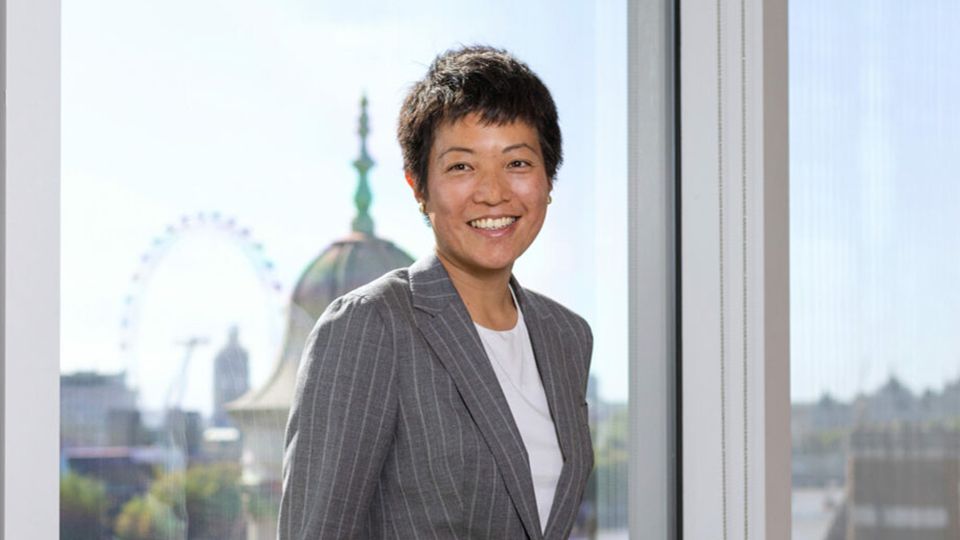As we embark on a new year, I’ve been thinking about how the conversation around ESG investing has evolved last year, including the impact of the energy crisis, its implications for the low carbon transition and where this has left investor demand for sustainable assets in light of this year’s challenges.
Importantly, despite last year’s headwinds and short-term disruption, our Future Focus Survey – which surveyed 1,000 European investment advisers about their attitudes towards sustainable investing over the next 12 months and beyond – revealed interest in sustainable investing is far from waning in Europe. At the same time, asset allocation drivers are changing and so are the ways in which investors are accessing sustainable themes.
Asset class evolution
The survey found that equities – traditionally the leading sustainable investment asset class – is starting to give way to multi-asset and alternatives, particularly those funds which have thematic and impact objectives. Although a small movement, it was interesting to see a 2% decrease in allocation to equities over the next five years, and a 2% uptick in allocation to multi-asset and alternative funds respectively.
There are strong synergies between alternative investing and a sustainable approach. In addition to more established options such as real estate and infrastructure, 2023 should also be a year where assets that remove emissions from the atmosphere, such as timberland, gain in popularity, driven by an increasing focus on carbon-neutral portfolios alongside real-economy emissions reductions.
Moving to different vehicles
As well as changing attitudes to different asset classes within the sustainable investing space, there were also signs of change in the types of investment vehicles being used to gain exposure to sustainable assets. Respondents were asked how they plan to use various investment vehicles in the short term (over the next 12 months) versus medium term (the next five years). The survey showed that change is coming.
Over the course of the next 12 months, 50% of European investment advisers said they would increase their use of active mutual funds for ESG exposure: this is set to rise by 8% over the next five years. The survey also showed that 51% plan to increase their use of ETFs to gain exposure to ESG opportunities, compared to 43% over the next year.
Bonds are back, and they’re more sustainable than ever
There were some results that were surprising. When we asked where investors are likely to put their money, only 20% said they would consider an allocation toward fixed income over the next 12 months. We think investors are potentially missing a trick. After a painful reset, fixed income now offers both income and diversification, and therefore can provide a sturdy foundation for multi-asset portfolios once again. At the same time, the growing sustainable bond market increasingly offers the opportunity to help to align portfolios with environmentally and socially beneficial projects.
We expect to see major developments in green, social and sustainable (GSS) bond markets in particular, as both governments and corporates ramp up GSS issuance.
Casting a wider net
When it comes to regional allocations, sustainable investors are increasingly looking further afield. 40% of our respondents showed interest in emerging markets, including China, for ESG opportunities within the next five years.
There are many opportunities within these regions, but there are still important divergences to consider in the risks and opportunities different sectors and companies face. So rather than a blanket sectoral or regional asset allocation approach, investors need to carry out a thorough analysis of how companies are positioned in relation to their competitive and regulatory environment through careful security selection.
Active insights
The results of the survey also demonstrate that many European investors understand there does not have to be a trade-off between sustainability and long-term returns.
Ultimately, despite challenging performance at several points throughout the year, many investors continue to place an implicit value on securities with the potential to produce positive financial returns in the long run, while benefitting from a sustainable profile, and active managers continue to play an important role in this regard. In addition to extensive fundamental research, active engagement with investee companies is also integral to ensuring oversight of potential ESG-related risks and opportunities.
2022 has, I think, really driven home the point that sustainable investing is far from a one-dimensional, one-size-fits-all investment category. And so, when it comes to constructing a sustainably tilted portfolio, the expanding and diversifying sustainable investment landscape means investors have an unprecedented array of asset classes, vehicles and investment approaches to choose from that can help support evolving preferences in the months and years ahead.








